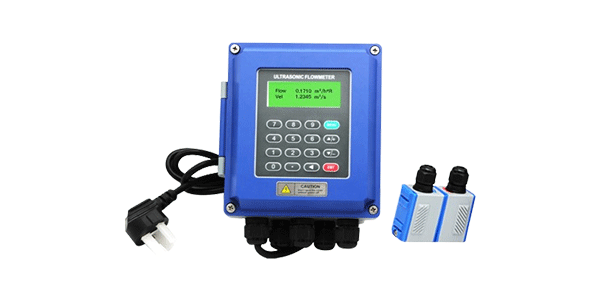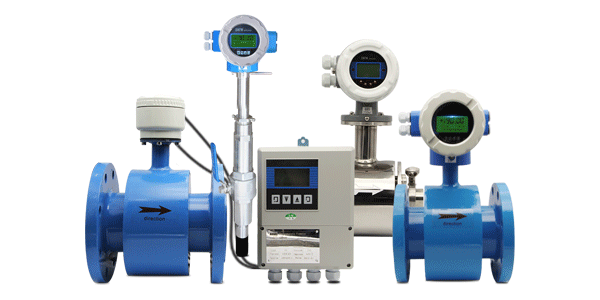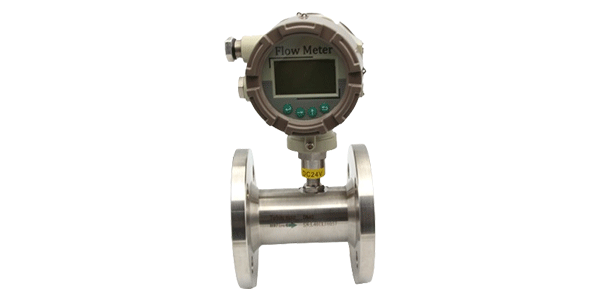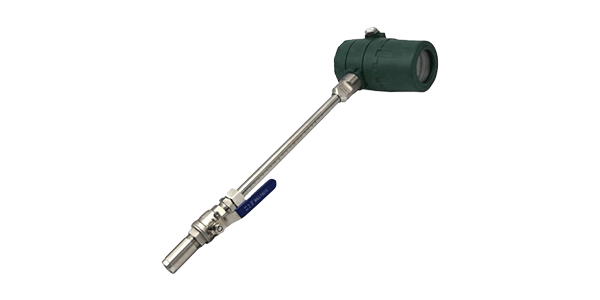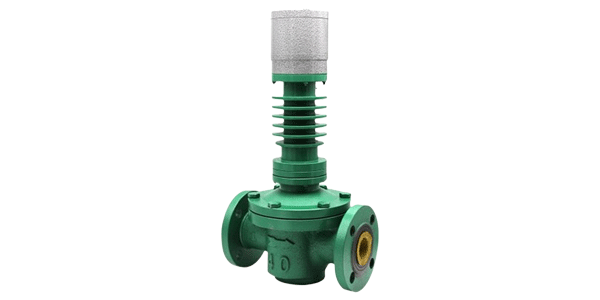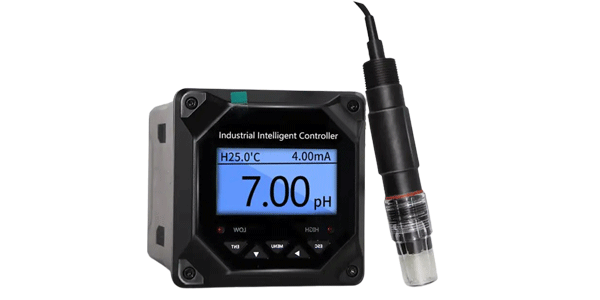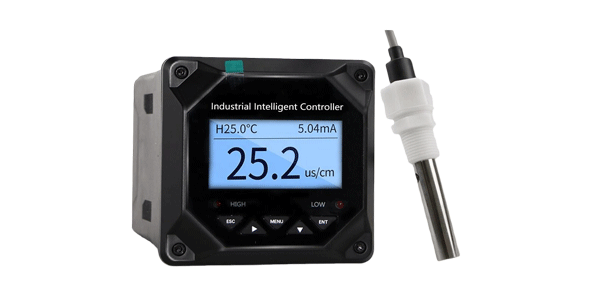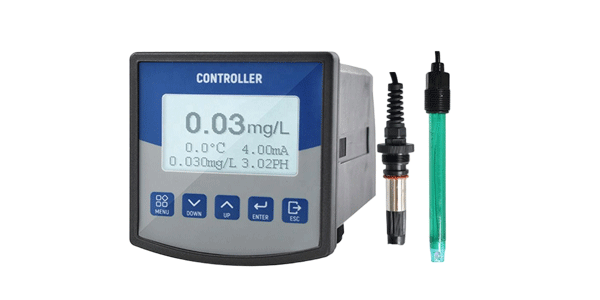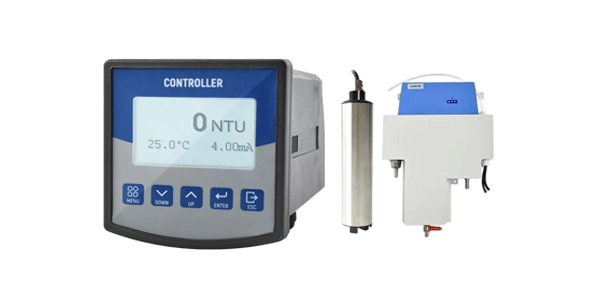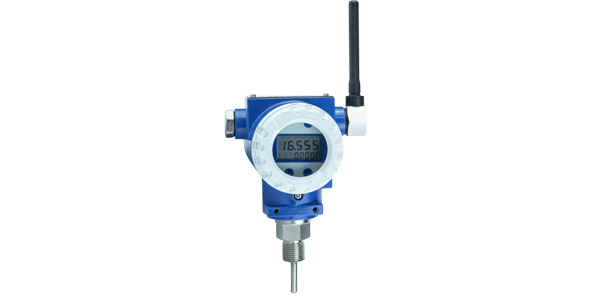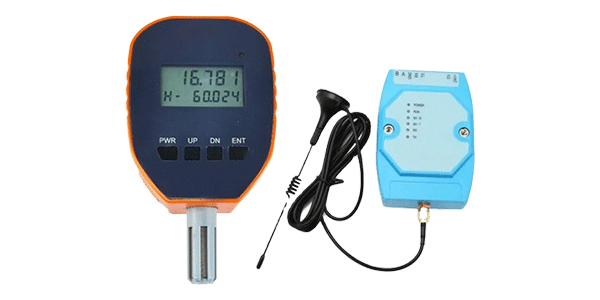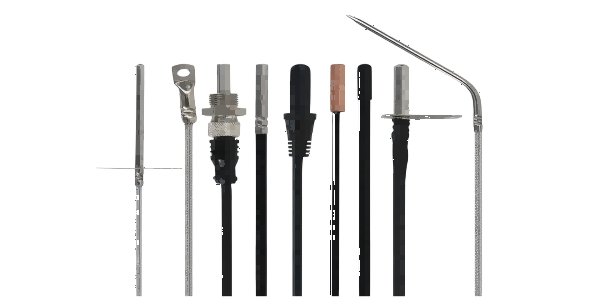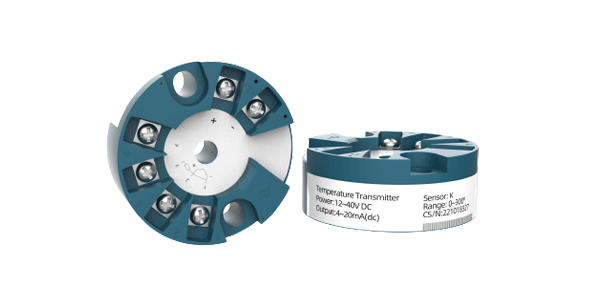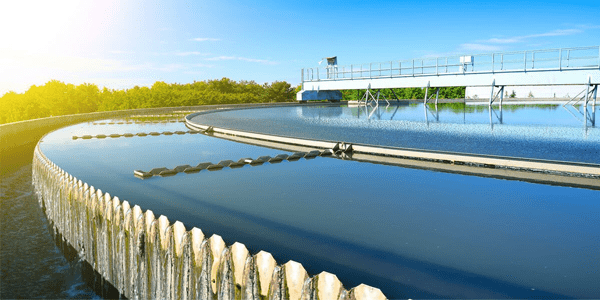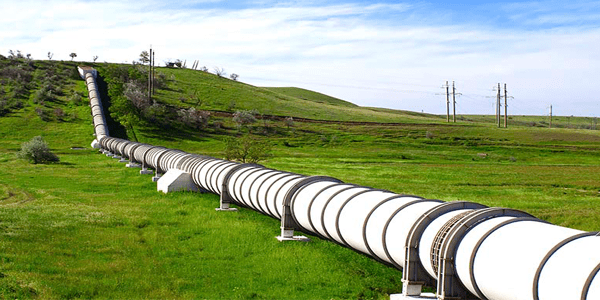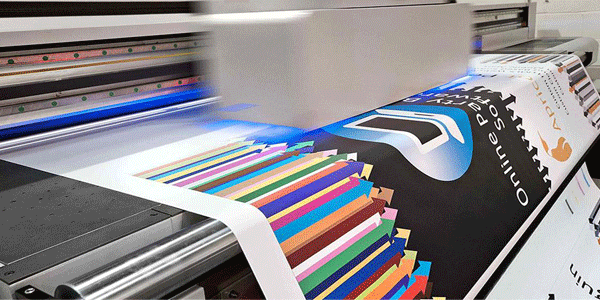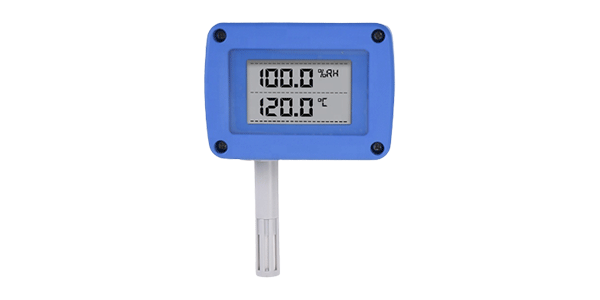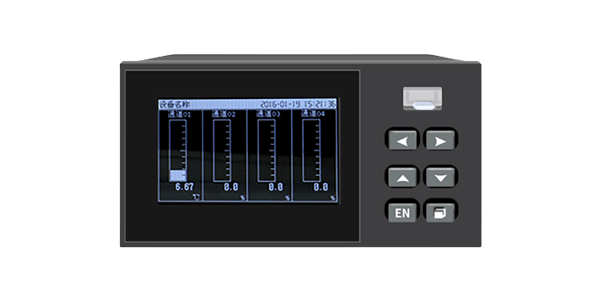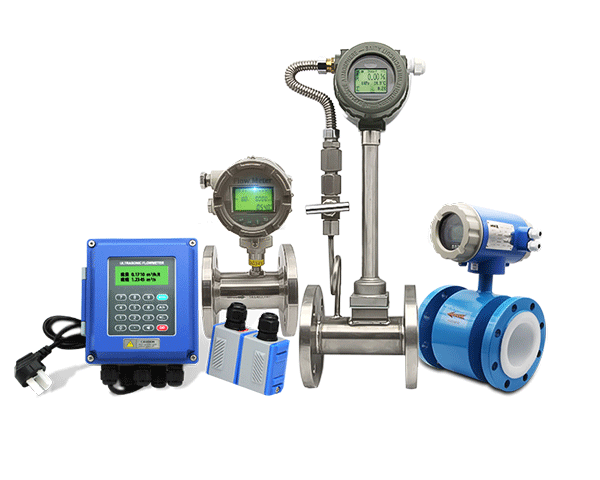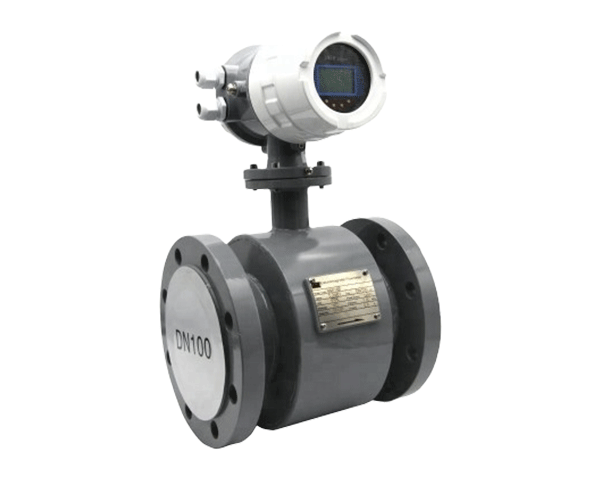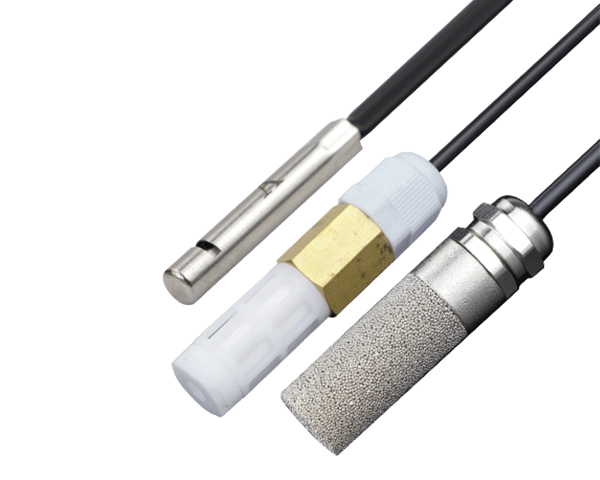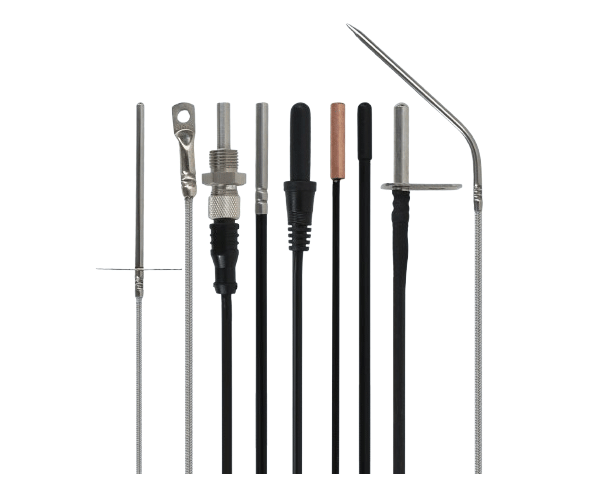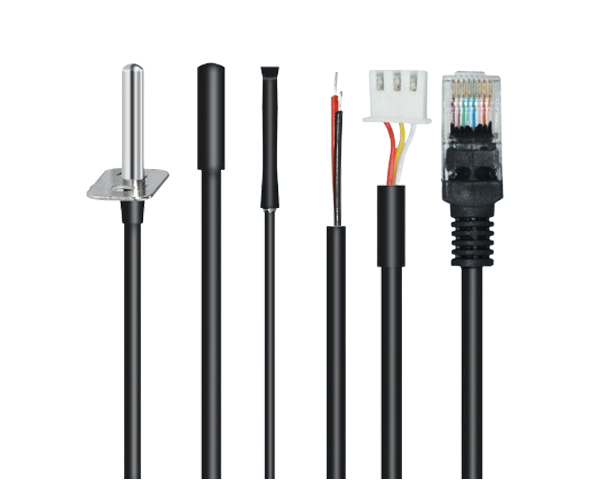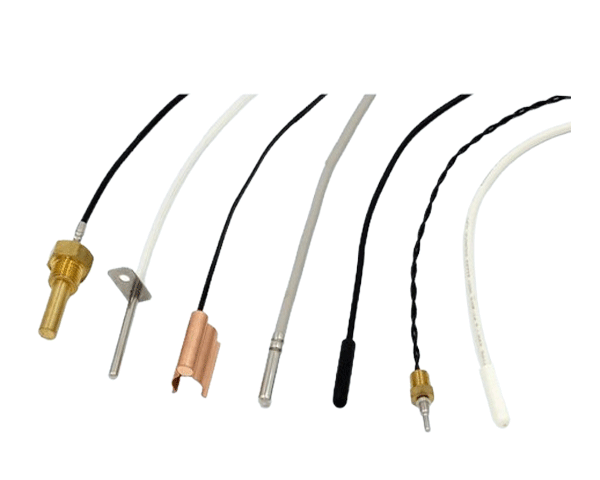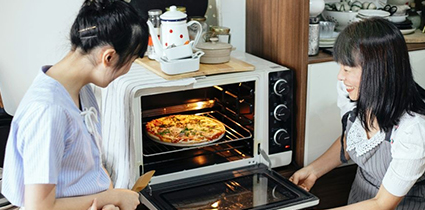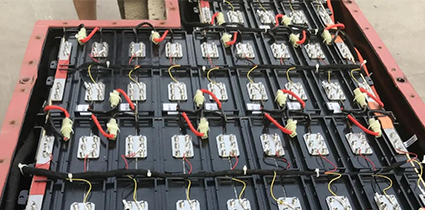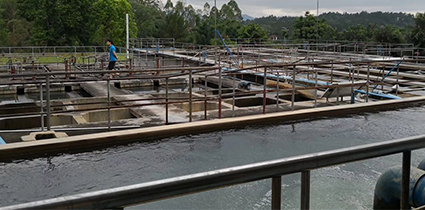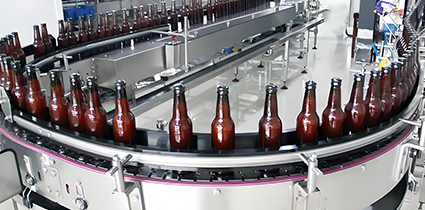Master Your Brew: The Complete Guide to Coffee Machine Temperature Sensors
Are you passionate about achieving the perfect cup of coffee? The secret often lies in precise temperature control. This guide will show you how smart temperature monitoring transforms your coffee experience. You'll learn about the critical temperature points that affect flavor, understand the technology behind high-precision sensors, and discover how to protect your machine while enjoying a perfectly customized brew every time.
Why Temperature Control is Vital for Smart Coffee Machines?
Temperature management is the heart of modern coffee brewing. It goes beyond simply heating water—it's about precision, consistency, and customization that elevates your daily coffee ritual.
By accurately monitoring water temperature, you ensure optimal extraction that highlights the unique characteristics of your coffee beans. Smart temperature control also provides overheating protection to safeguard your equipment, while allowing personalized settings for different bean varieties and taste preferences. Ultimately, intelligent temperature management improves extraction efficiency, reduces energy consumption, and extends your machine's lifespan, delivering a safer, more efficient, and completely customized coffee experience.

Key Temperature Monitoring Points in Coffee Machines
To achieve brewing perfection, you need to understand the four critical temperature points that professional coffee machines monitor.
Water Temperature
The temperature of the water as it contacts the coffee grounds is crucial for proper extraction.
Why it Matters: Maintaining stability in the golden temperature range (typically 195°F-205°F or 91°C-96°C) ensures optimal flavor release from coffee beans while avoiding bitterness from over-extraction. Consistent water temperature is the foundation of a balanced, flavorful cup.
Steam Temperature
Steam wand temperature directly impacts milk texturing quality and safety.
Why it Matters: Proper steam temperature creates microfoam with the ideal texture for latte art while preventing scalded milk flavors. It also avoids high temperatures that can damage milk proteins, ensuring both perfect texture and nutritional preservation.
Heater Temperature
The heating module itself requires careful temperature monitoring for safety and performance.
Why it Matters: Monitoring the heater prevents overheating that could damage internal components or create safety hazards. Consistent heater temperature also ensures water temperature stability during continuous brewing, maintaining quality from the first cup to the last.
Ambient Temperature
Room temperature monitoring allows your machine to adapt to its environment.
Why it Matters: By tracking ambient conditions, smart coffee machines can dynamically adjust preheating strategies. This compensates for room temperature effects on startup time—such as extending preheating in winter—improving both energy efficiency and brewing consistency regardless of seasonal changes.
Advanced Features of Coffee Machine Temperature Sensors
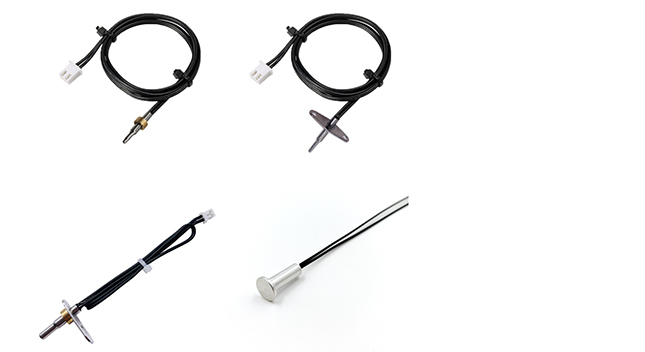
Single-Ended Glass-Sealed Thermistor
Our sensors feature compact glass-sealed thermistors that deliver high precision measurements with rapid response times. The small size allows for flexible installation while maintaining exceptional accuracy for critical temperature control.
Food-Grade Stainless Steel Probe
Constructed with food-grade stainless steel, our probes meet the highest safety and hygiene standards. This corrosion-resistant material ensures pure water contact without contamination, making it ideal for food and beverage applications.
Bullet Head Design
The streamlined bullet head design provides excellent sealing properties and rapid thermal response. This aerodynamic shape minimizes resistance in liquid flow while ensuring quick temperature detection for real-time control adjustments.
Parallel Wiring Configuration
Featuring parallel wire arrangement, our sensors maintain a compact form factor that simplifies installation and routing. The space-efficient design is particularly valuable in the confined spaces of modern coffee machine assemblies.
Standardized Connector System
With industry-standard connectors at the tail end, our sensors offer quick, hassle-free installation and replacement. The universal connection system reduces maintenance time and ensures compatibility with various control systems.
Frequently Asked Questions (FAQ)
What is the ideal water temperature for brewing coffee?
The specialty coffee association recommends water temperatures between 195°F and 205°F (91°C to 96°C) for optimal extraction. However, this can vary based on roast level—lighter roasts often benefit from higher temperatures (up to 205°F), while darker roasts may perform better at slightly lower temperatures (around 195°F).
How often should coffee machine temperature sensors be calibrated?
For commercial environments, we recommend calibration every 6 months. Home users should consider annual calibration. Signs that your sensor needs attention include inconsistent brew temperatures, unusual error messages, or noticeable changes in coffee flavor quality.
Can temperature sensors really improve energy efficiency?
Absolutely. Smart temperature sensors can reduce energy consumption by 15-25% by optimizing heating cycles and preventing unnecessary reheating. They also enable precise preheating strategies that minimize energy waste while ensuring your machine is ready when you need it.
What's the difference between thermistor and RTD sensors for coffee machines?
Thermistors offer excellent sensitivity and fast response in the coffee brewing temperature range, making them ideal for most applications. RTD sensors provide higher accuracy and long-term stability but at a higher cost. Thermistors are typically the preferred choice for their optimal balance of performance and value in coffee applications.
How do I know if my coffee machine's temperature sensor is failing?
Common failure signs include inconsistent coffee flavor, longer than usual heating times, temperature error messages, or the machine cycling on and off unexpectedly. Most quality temperature sensors last 3-5 years in daily use, though water quality and usage frequency can affect lifespan.
Why does steam temperature matter for milk frothing?
Steam temperature directly affects milk protein structure and sweetness. Ideal steam temperature (typically 140°F-155°F or 60°C-68°C) creates smooth, sweet microfoam by properly breaking down lactose without scalding the milk. Incorrect temperatures can result in large bubbles, burnt flavors, or inadequate texture.
Ready to Brew perfection?
Get professional temperature sensing solutions for your coffee machine project.
